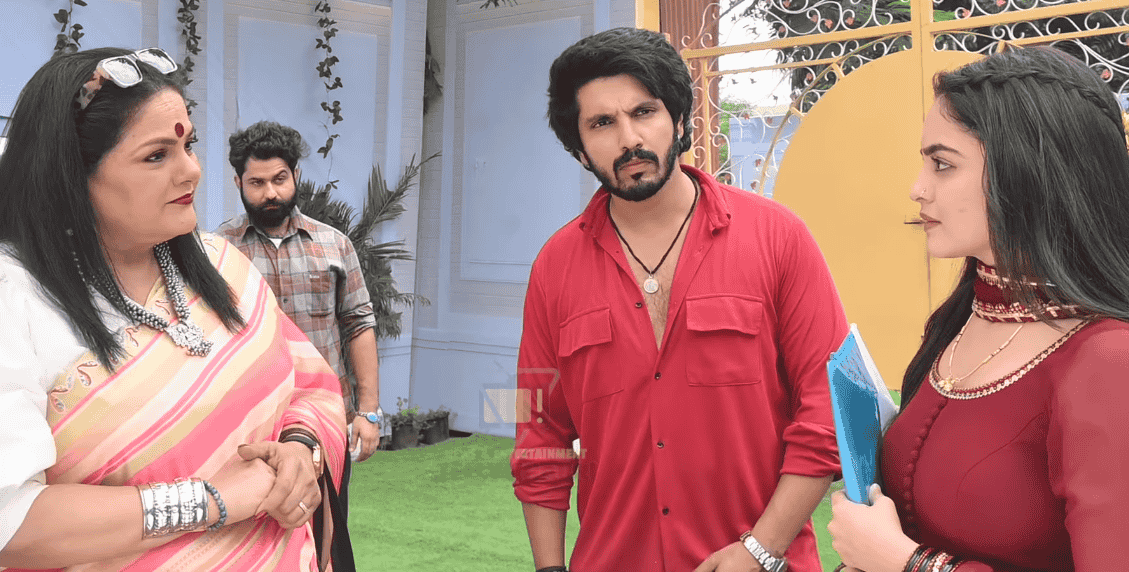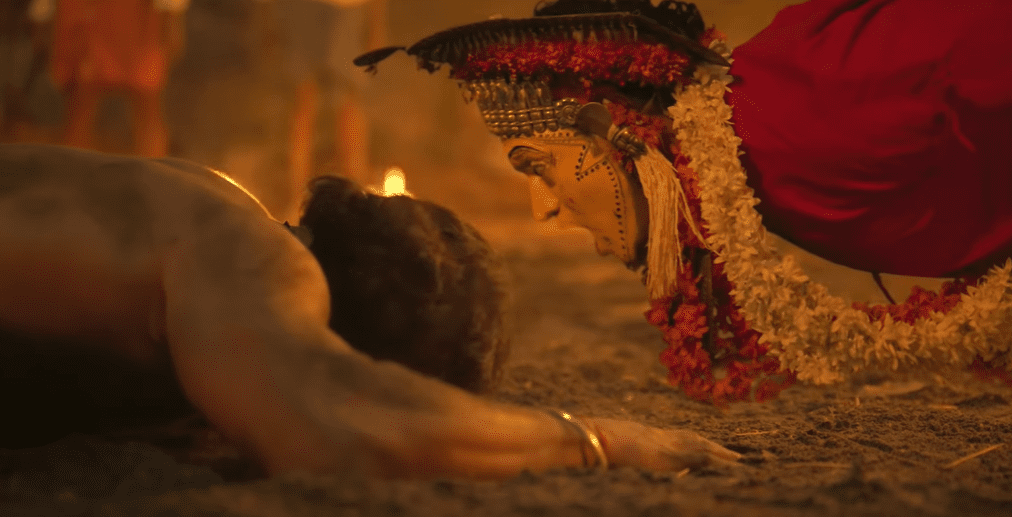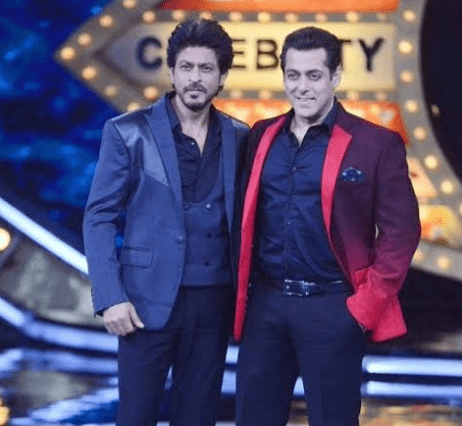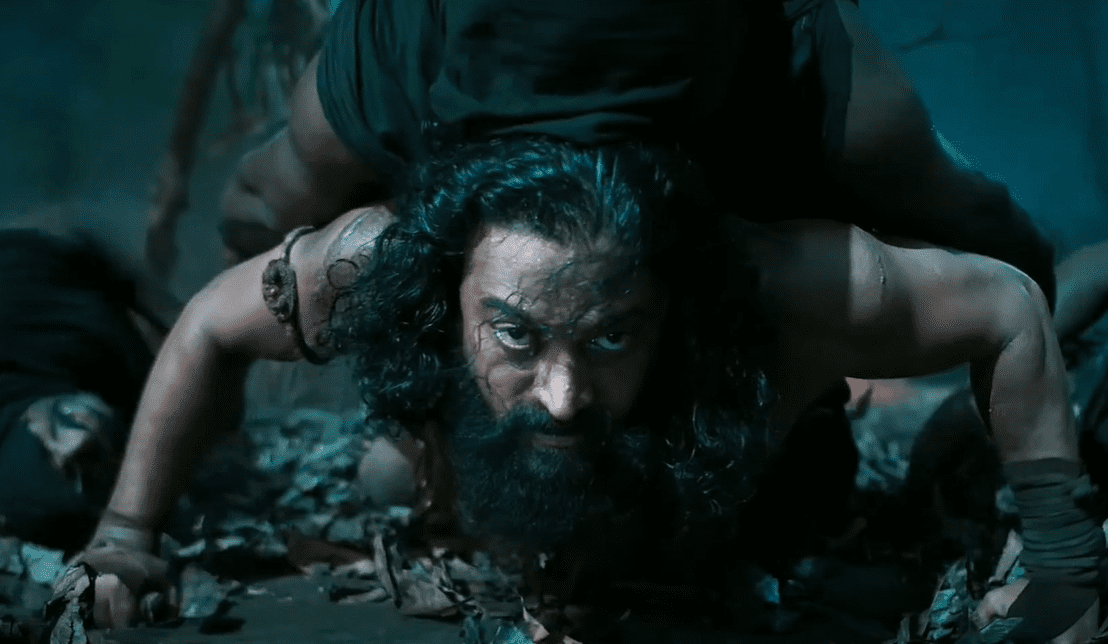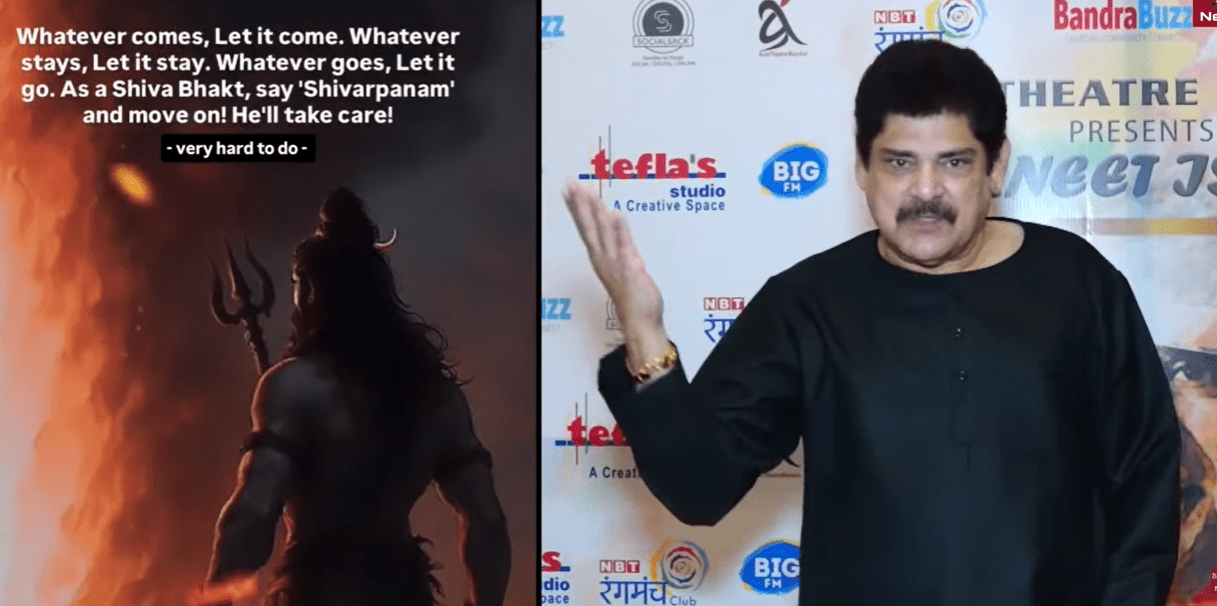
Introduction

Pankaj Dheer holds a significant place in Indian film and television history. Known for his strong presence, powerful voice, and ability to bring complex roles to life, Dheer’s career shows how Indian popular culture has changed from the late twentieth century to the digital age. His artistic work—spanning mythological dramas like Mahabharat and diverse Bollywood films—demonstrates both versatility and a commitment to quality.
Early Life and Background
Growing up in a family closely connected to the Indian film industry, Pankaj Dheer had early exposure to storytelling, performance, and the art of cinema. His childhood experiences gave him a deep understanding of narrative arts, leading him to view acting as an intellectual pursuit, not just a job. This background helped him develop a unique combination of emotional honesty and careful execution in his performances.
Rise to Prominence in Television
Dheer gained widespread recognition for his role as Karna in B.R. Chopra’s acclaimed series Mahabharat (1988). His portrayal of the tragic hero went beyond typical television acting, adding moral weight and psychological depth to the character. This role made Dheer a household name and a key figure in how classical characters are represented in modern media.
Canonical Television Works
Mahabharat (1988)
Dheer’s performance as Karna is a benchmark in mythological realism. The character’s complex emotions—caught between loyalty, justice, and destiny—continue to resonate with both scholars and audiences.
Chandrakanta (1994)
In this fantasy series based on Devaki Nandan Khatri’s novel, Dheer’s role added layers to the story, lifting the genre beyond simple entertainment.
Yug (1996)
In Yug, Dheer captured the essence of India’s fight for independence, combining patriotic passion with deep introspection that matched the nation’s changing identity.
Sasural Simar Ka
In this contemporary family drama, Dheer’s role as a patriarch showcased his ability to adapt to modern storytelling.
Badho Bahu
In this comedic and socially insightful series, Dheer displayed his talent for balancing humor with sensitivity.
Cinematic Transition and Evolution
After his success in television, Pankaj Dheer smoothly moved into films, bringing his unique intensity and seriousness to the big screen. In the 1980s and 1990s, he appeared in various films that reflected the diverse themes and styles of the time. His skill in delivering dialogue and evoking emotion made him a vital part of ensemble casts.
Select Filmography: A Critical Examination

Saugandh (1991)
Dheer’s performance alongside Akshay Kumar added to the film’s overall theme, showing a strong balance between moral integrity and emotional control.
Sadak (1991)
In Mahesh Bhatt’s influential film, Dheer’s steady presence contrasted with the film’s raw realism, enhancing its psychological complexity.
Tahalka (1992)
This classic 1990s action film displayed Dheer’s flexibility in high-stakes stories, where his calm demeanor anchored the film’s chaotic moments.
Mr. India (1987)
Even in a minor role, Dheer’s part in Mr. India marked his early involvement in mainstream Bollywood and its popular storytelling traditions.
Zahreelay (1990)
Dheer’s role in Zahreelay confirmed his status as a dependable supporting actor, able to show both strength and sensitivity.
Versatility and Performance Dynamics
Throughout his work, Pankaj Dheer shows a remarkable ability to express a wide range of characters. His skill in playing everything from heroic figures to complex villains reflects a deep understanding of storytelling and audience engagement. His performances fluctuate between restraint and emotional power, meeting the expectations of serious dramatic art.
Directorial and Pedagogical Endeavors
In addition to acting, Dheer expanded his contributions into directing and producing. His establishment of an acting academy demonstrates his dedication to mentoring and developing performance studies in India. His collaboration with his son Nikitin Dheer, who is also a talented actor, highlights the passing down of artistic values.
Televisual Legacy and Cultural Resonance
Even years after it first aired, Dheer’s role in Mahabharat still represents India’s mythological television legacy. His choices continue to shape academic discussions about adapting traditional texts for visual media. In this way, Dheer’s artistic work serves as both cultural preservation and fresh interpretation.
Recognition and Honors
Pankaj Dheer’s lasting relevance has earned him many awards and critical praise. Beyond formal accolades, his legacy endures through ongoing audience engagement and academic analysis of the ethical and aesthetic aspects of his work.
Professional Collaborations and Networks
Dheer’s relationships with colleagues like Mukesh Khanna and Nitish Bharadwaj have been well-noted. Their collaborative work in Mahabharat showcases high-quality ensemble performances, often cited in studies of Indian television.
Familial Continuity in the Arts
The artistic legacy continues with his son, Nikitin Dheer, whose performances in Chennai Express and Shershaah further the Dheer family’s impact on Indian popular culture. This continuity emphasizes the family’s shared commitment to performance and artistry.
Contemporary Engagements and Digital Reemergence
In the twenty-first century, Pankaj Dheer’s appearances on television and digital platforms show his adaptability in a fast-changing media world. His selective involvement in new formats reflects both thoughtfulness and a persistent artistic curiosity.
Lesser-Known Dimensions of His Craft
- Dheer is a trained filmmaker with a solid understanding of film language.
- He runs an acting academy, promoting a scholarly approach to acting training.
- Beyond his professional duties, he enjoys painting and screenwriting, showcasing his multifaceted creative mind.
Conclusion
Pankaj Dheer’s career is a fascinating study in artistic growth and cultural impact. His body of work blends popular and classical art, creating a mix of depth and broad appeal. As both a performer and mentor, he continues to influence Indian performance culture through a legacy marked by careful work, thoughtfulness, and lasting impact.
What role established Pankaj Dheer’s prominence in Indian television?
His portrayal of Karna in Mahabharat (1988) remains his most seminal work.
How significant are his contributions to Indian cinema?
Dheer’s cinematic roles across the 1980s and 1990s bridged mythic gravitas with popular realism, solidifying his cross-medium influence.
What is the extent of his family’s involvement in entertainment?
His son, Nikitin Dheer, has emerged as a leading actor in contemporary Bollywood, extending the family’s artistic legacy.
Has Pankaj Dheer contributed to pedagogy or production?
Yes, he has established training academies and ventured into a direction, emphasizing theoretical and practical synthesis in acting education.
What continues to define Pankaj Dheer’s relevance today?
His ongoing engagement with digital media and his enduring influence on performance theory ensure his continued significance in India’s cultural discourse.

